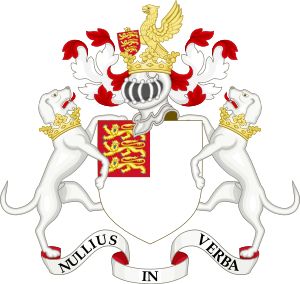
The arms of the Royal Society
The president of the Royal Society (PRS), also known as the Royal Society of London, is the elected Head of the Royal Society of London who presides over meetings of the society's council.
After an informal meeting (a lecture) by Christopher Wren at Gresham College, the Royal Society was officially founded on 28 November 1660 when a group of academics decided to found "a College for the Promoting of Mathematical Experimental Learning", acquiring a Royal Charter on 15 July 1662. King Charles II granted the society a royal charter in 1662, formally establishing it as the "Royal Society of London." The Royal Charter nominated William Brouncker as president and stipulated that future presidents should be elected by the Council and Fellows of the Society at anniversary meetings each year on St. Andrew's Day (30 November).
The details of the presidency were described by the second Royal Charter, which did not set any limit on how long a president could serve. There were considerable fluctuations in the president's term of office until well into the 19th century. By then, sentiment had turned against electing wealthy amateurs solely because they might become patrons of the society, and in 1847 the society decided that Fellows would be elected solely on scientific merit. Since the 1870s, it has been usual (with a few exceptions) for each President to serve for exactly five years. Under the current statutes, a president cannot serve for more than five years. The current President is Sir Adrian Smith who began his 5-year tenure on 30 November 2020.
Historically, the duties of the president have been both formal and social. Under the Cruelty to Animals Act 1876, the President was one of only a few people authorized to certify that a particular experiment on an animal was justified, and in addition he acted as the government's chief (albeit informal) advisor for scientific matters. At the same time, the President was tasked with entertaining distinguished foreign guests and scientists.
The changeover of presidents occurs on the Royal Society Anniversary Day, the weekday on or nearest to 30 November, after the departing President's Anniversary Address. Of the 26 presidents since 1901, 18 have been Nobel laureates (seven in Physiology or Medicine, four in Physics and seven in Chemistry). Many past presidents, including all those in the 20th century, have been appointed to the Order of Merit.
Sir Joseph Banks was the longest serving president of Royal Society.
Presidents of the Royal Society
List of presidents of the Royal Society from 1662 – till date.
| No. |
Term |
Portrait |
President |
Profession |
| 1 |
1662–1677 |
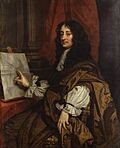 |
William Brouncker, 2nd Viscount Brouncker |
Mathematician |
| 2 |
1677–1680 |
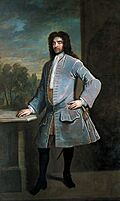 |
Sir Joseph Williamson |
Civil servant and politician |
| 3 |
1680–1682 |
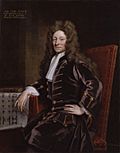 |
Sir Christopher Wren |
Architect, astronomer and physicist |
| 4 |
1682–1683 |
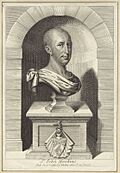 |
Sir John Hoskyns, 2nd Baronet |
Lawyer |
| 5 |
1683–1684 |
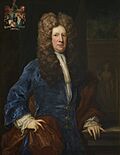 |
Cyril Wyche |
Lawyer, politician and administrator |
| 6 |
1684–1686 |
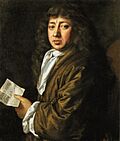 |
Samuel Pepys |
Civil servant and politician |
| 7 |
1686–1689 |
 |
John Vaughan, 3rd Earl of Carbery |
Politician |
| 8 |
1689–1690 |
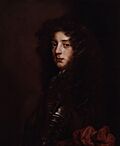 |
Thomas Herbert, 8th Earl of Pembroke |
Politician |
| 9 |
1690–1695 |
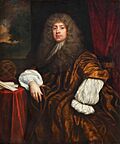 |
Sir Robert Southwell |
Diplomat |
| 10 |
1695–1698 |
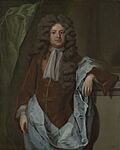 |
Charles Montagu, 1st Earl of Halifax |
Poet and Statesman |
| 11 |
1698–1703 |
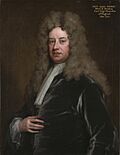 |
John Somers, 1st Baron Somers |
Jurist and Statesman |
| 12 |
1703–1727 |
 |
Sir Isaac Newton |
Physicist, mathematician, astronomer, natural philosopher, alchemist, and theologian |
| 13 |
1727–1741 |
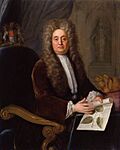 |
Sir Hans Sloane, 1st Baronet |
Physician and collector |
| 14 |
1741–1752 |
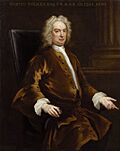 |
Martin Folkes |
Antiquarian |
| 15 |
1752–1764 |
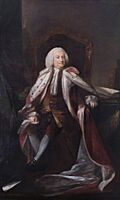 |
George Parker, 2nd Earl of Macclesfield |
Astronomer |
| 16 |
1764–1768 |
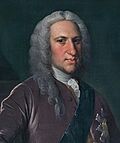 |
James Douglas, 14th Earl of Morton |
Astronomer |
| 17 |
1768–1768 |
 |
Sir James Burrow |
Legal reporter |
| 18 |
1768–1772 |
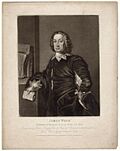 |
James West |
Politician and antiquarian |
| 19 |
1772–1772 |
 |
Sir James Burrow |
Legal reporter |
| 20 |
1772–1778 |
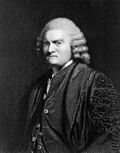 |
Sir John Pringle, 1st Baronet |
Physician |
| 21 |
1778–1820 |
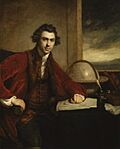 |
Sir Joseph Banks |
Naturalist and botanist |
| 22 |
1820-1820 |
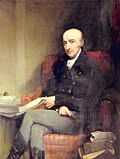 |
William Hyde Wollaston |
Chemist |
| 23 |
1820–1827 |
 |
Sir Humphry Davy, 1st Baronet |
Chemist and inventor |
| 24 |
1827–1830 |
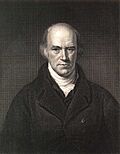 |
Davies Gilbert |
Engineer, author and politician |
| 25 |
1830–1838 |
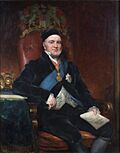 |
Prince Augustus Frederick, Duke of Sussex |
Sixth son of George III of the United Kingdom |
| 26 |
1838–1848 |
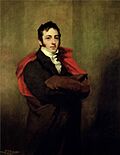 |
Spencer Compton, 2nd Marquess of Northampton |
Nobleman |
| 27 |
1848–1854 |
 |
William Parsons, 3rd Earl of Rosse |
Astronomer |
| 28 |
1854–1858 |
 |
John Wrottesley, 2nd Baron Wrottesley |
Astronomer |
| 29 |
1858–1861 |
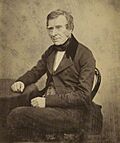 |
Sir Benjamin Collins Brodie, 1st Baronet |
Physiologist and surgeon |
| 30 |
1861–1871 |
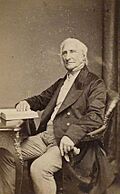 |
Sir Edward Sabine |
Astronomer, geophysicist, ornithologist and explorer |
| 31 |
1871–1873 |
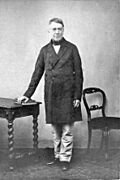 |
Sir George Biddell Airy |
Mathematician and Astronomer |
| 32 |
1873–1878 |
 |
Sir Joseph Dalton Hooker |
Botanist and explorer |
| 33 |
1878–1883 |
 |
William H. Spottiswoode |
Mathematician and physicist |
| 34 |
1883–1885 |
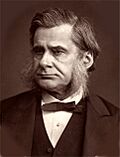 |
Thomas Henry Huxley |
Biologist |
| 35 |
1885–1890 |
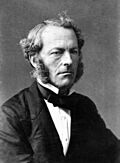 |
Sir George Stokes, 1st Baronet |
Mathematician and physicist |
| 36 |
1890–1895 |
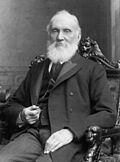 |
William Thomson, 1st Baron Kelvin |
Mathematical physicist |
| 37 |
1895–1900 |
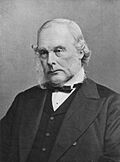 |
Joseph Lister, 1st Baron Lister |
Surgeon |
| 38 |
1900–1905 |
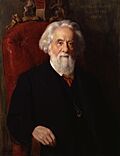 |
Sir William Huggins |
Astronomer |
| 39 |
1905–1908 |
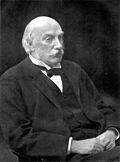 |
John William Strutt, 3rd Baron Rayleigh |
Physicist |
| 40 |
1908–1913 |
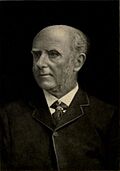 |
Sir Archibald Geikie |
Geologist and writer |
| 41 |
1913–1915 |
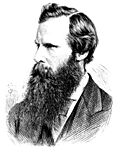 |
Sir William Crookes |
Chemist and physicist |
| 42 |
1915–1920 |
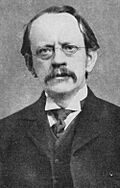 |
Sir Joseph John Thomson |
Physicist |
| 43 |
1920–1925 |
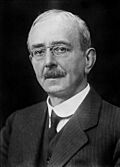 |
Sir Charles Scott Sherrington |
Neurophysiologist, histologist, bacteriologist, and pathologist |
| 44 |
1925–1930 |
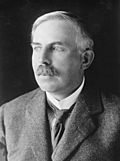 |
Sir Ernest Rutherford (later 1st Baron Rutherford of Nelson) |
Physicist and chemist |
| 45 |
1930–1935 |
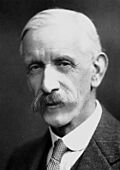 |
Sir Frederick Gowland Hopkins |
Biochemist |
| 46 |
1935–1940 |
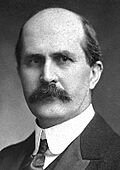 |
Sir William Henry Bragg |
Physicist, chemist and mathematician |
| 47 |
1940–1945 |
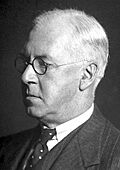 |
Sir Henry Hallett Dale |
Pharmacologist and physiologist |
| 48 |
1945–1950 |
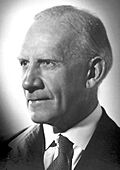 |
Sir Robert Robinson |
Organic chemist |
| 49 |
1950–1955 |
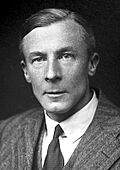 |
Edgar Adrian, 1st Baron Adrian |
Electrophysiologist |
| 50 |
1955–1960 |
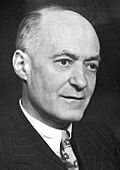 |
Sir Cyril Norman Hinshelwood |
Physical chemist |
| 51 |
1960–1965 |
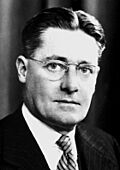 |
Howard Florey, Baron Florey |
Pharmacologist and pathologist |
| 52 |
1965–1970 |
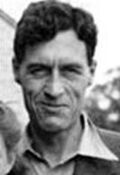 |
Patrick Blackett (Baron Blackett after 1969) |
Physicist |
| 53 |
1970–1975 |
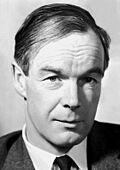 |
Sir Alan Lloyd Hodgkin |
Physiologist and Biophysicist |
| 54 |
1975–1980 |
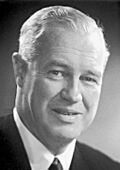 |
Alexander R. Todd, Baron Todd |
Biochemist |
| 55 |
1980–1985 |
 |
Sir Andrew Huxley |
Physiologist and biophysicist |
| 56 |
1985–1990 |
 |
Sir George Porter (Baron Porter of Luddenham after 1990) |
Chemist |
| 57 |
1990–1995 |
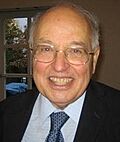 |
Sir Michael Atiyah |
Mathematician |
| 58 |
1995–2000 |
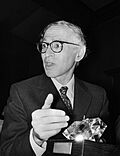 |
Sir Aaron Klug |
Chemist and biophysicist |
| 59 |
2000–2005 |
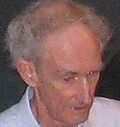 |
Sir Robert May (Baron May of Oxford after 2001) |
Mathematical Biologist |
| 60 |
2005–2010 |
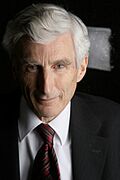 |
Martin Rees, Baron Rees of Ludlow |
Cosmologist and astrophysicist |
| 61 |
2010–2015 |
 |
Sir Paul Nurse |
Geneticist and cell biologist |
| 62 |
2015–2020 |
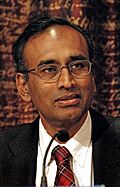 |
Venki Ramakrishnan |
Biophysicist |
| 63 |
2020–present |
 |
Sir Adrian Smith |
Statistician |
































































